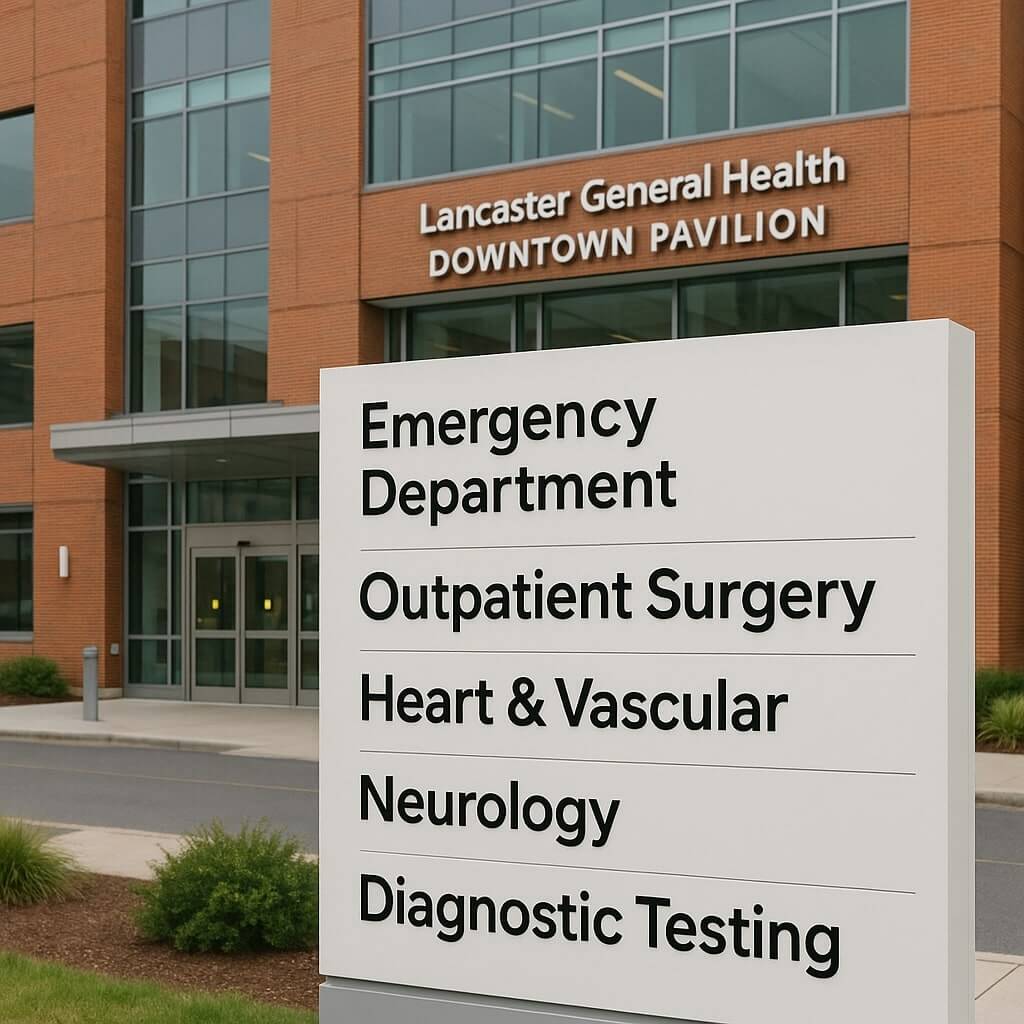A General Survey Health Assessment is a foundational step in evaluating a patient’s overall health. It involves observing key indicators such as appearance, behavior, and essential signs. This initial assessment is critical for identifying potential health issues early on. Understanding its significance can enhance patient outcomes and guide effective care planning. But what specific components make up this essential assessment, and how can they directly impact patient care?
Key Takeaways
- A general survey health assessment is a systematic appraisal of a patient’s overall health status at the beginning of a clinical examination.
- It involves gathering essential information through observation of appearance, behavior, and mobility, as well as vital signs.
- The assessment helps identify potential health issues early, facilitating timely intervention and treatment.
- It serves as an important initial touchpoint for effective patient communication and care planning.
- The process includes evaluating both physical health and emotional well-being to inform further diagnostic decisions.
Definition of a General Survey Health Assessment
A general survey health evaluation is a systematic appraisal of a patient’s overall health status, often conducted at the beginning of a clinical examination.
You’ll employ general survey techniques to gather essential information, evaluating factors like appearance, behavior, and mobility.
The assessment criteria include critical signs, body mass index, and posture, which collectively help you form a thorough picture of the patient’s well-being.
By focusing on these techniques and criteria, you can identify potential health issues early, allowing for timely intervention and management.
This foundational step is key for effective healthcare delivery and patient-centered treatment planning.
Importance of a General Survey in Healthcare
Because the general survey serves as the initial touchpoint in patient evaluation, its importance in healthcare can’t be overstated. This assessment allows you to identify potential health issues early, which is essential for effective intervention.
Recognizing abnormalities during this phase enhances the importance of early detection, ensuring timely treatment. Moreover, it fosters the significance of patient communication, as you gather critical information about the patient’s condition and concerns.
Key Components of a General Survey
When conducting a general survey, you’ll focus on several key components that provide crucial insights into a patient’s overall health.
First, gather patient demographics, including age, gender, and ethnicity, as they can influence health outcomes.
Next, assess important signs like temperature, pulse, respiration rate, and blood pressure; these measurements are essential for detecting any immediate health concerns.
Assessing vital signs such as temperature, pulse, and blood pressure is crucial for identifying urgent health issues.
Observe the patient’s general appearance, level of consciousness, and any signs of distress or discomfort.
Together, these components create a thorough overview, allowing you to formulate an effective care plan tailored to the patient’s specific needs and circumstances.
Physical Examination in a General Survey
Conducting a physical examination during a general survey is crucial for identifying health issues that may not be immediately apparent. You’ll assess the patient’s physical appearance, noting any abnormalities in skin color, posture, or hygiene.
Next, you’ll measure essential signs, including temperature, pulse, respiration, and blood pressure, to evaluate overall health status. Be attentive to any discrepancies that could indicate underlying conditions.
Additionally, examine the body systems systematically, ensuring a thorough assessment. This extensive approach allows for early detection of potential health problems, helping to inform further diagnostic and therapeutic decisions for the patient’s care.
Assessing Emotional and Mental Health
In evaluating emotional and mental health, you’ll want to look for indicators of emotional well-being, such as mood stability and social interactions.
Utilizing mental health screening tools can help identify areas of concern, while examining coping mechanisms provides insight into resilience and adaptive strategies.
This thorough approach guarantees a holistic understanding of an individual’s mental health status.
Emotional Well-Being Indicators
How do you truly measure emotional well-being? Evaluating indicators of emotional health is essential for understanding your emotional resilience and stress management capabilities.
Consider these key factors:
- Your ability to cope with stress
- The presence of supportive relationships
- Emotional regulation during challenging situations
- Frequency of positive emotions and satisfaction
These elements help you gauge your emotional state. Monitoring these indicators can guide you in making necessary adjustments to enhance your well-being.
Mental Health Screening Tools
Measuring emotional well-being is just the first step in understanding your overall mental health.
To assess your mental state, various screening techniques can be utilized. These tools, like the Patient Health Questionnaire (PHQ-9) or Generalized Anxiety Disorder Scale (GAD-7), help identify symptoms of depression and anxiety.
By using these mental health resources, you can gain insights into your emotional health, guiding further evaluation or treatment. Regular screenings not only facilitate early detection but also empower you to take proactive steps towards mental wellness.
Coping Mechanisms Assessment
What strategies do you use to cope with stress and emotional challenges? Evaluating your coping mechanisms is essential for effective stress management.
Consider the following coping strategies:
- Deep breathing exercises to promote relaxation.
- Physical activity, which can enhance mood and reduce anxiety.
- Mindfulness or meditation practices to improve emotional regulation.
- Social support, engaging with friends or family for comfort and perspective.
Social Factors Influencing Health
Although many factors contribute to individual health outcomes, social determinants play an essential role in shaping overall well-being. Your socioeconomic status greatly impacts access to healthcare, nutrition, and living conditions. Individuals from lower socioeconomic backgrounds often face barriers that can lead to poorer health.
Additionally, cultural influences affect health behaviors and attitudes towards medical care. For instance, cultural beliefs may dictate dietary choices or the acceptance of preventive measures.
Understanding these social factors is vital for healthcare providers to tailor interventions that improve health outcomes and address the disparities that arise from varying socioeconomic conditions and cultural contexts.
Interpreting Findings From the General Survey
When you interpret findings from the general survey, it’s essential to take into account the context of the collected data.
Focus on the patient’s general appearance and critical signs, as these can reveal significant health information.
Pay close attention to the patient’s appearance and vital signs; they can provide crucial insights into their health status.
Consider the following:
- Is the patient alert and oriented?
- Do they exhibit any signs of distress?
- How do their critical signs compare to normal ranges?
- Are there any noticeable physical abnormalities?
Role of the General Survey in Patient Care Planning
Building on the findings from the general survey, you can use this information to shape effective patient care planning. The general survey informs your assessment strategies, allowing you to identify patient needs, prioritize interventions, and tailor care plans accordingly.
| Assessment Focus | Key Observations | Patient Care Implications |
|---|---|---|
| Physical Appearance | Weight, hygiene | Nutritional counseling |
| Mobility | Gait, balance | Fall risk assessment |
| Emotional State | Mood, behavior | Mental health referrals |
| Critical Signs | Blood pressure, pulse | Monitoring protocols |
| Skin Condition | Color, lesions | Wound care strategies |
Utilizing these insights enhances your patient care approach.
Conclusion
To summarize, a general survey health assessment is essential for evaluating a patient’s overall health status. By systematically observing and measuring key indicators, you can identify potential health issues early on. This proactive approach not only facilitates timely interventions but also enhances care planning and patient outcomes. Understanding the various components of the general survey empowers you to provide thorough care, addressing both physical and emotional well-being while considering the social factors that influence health.




